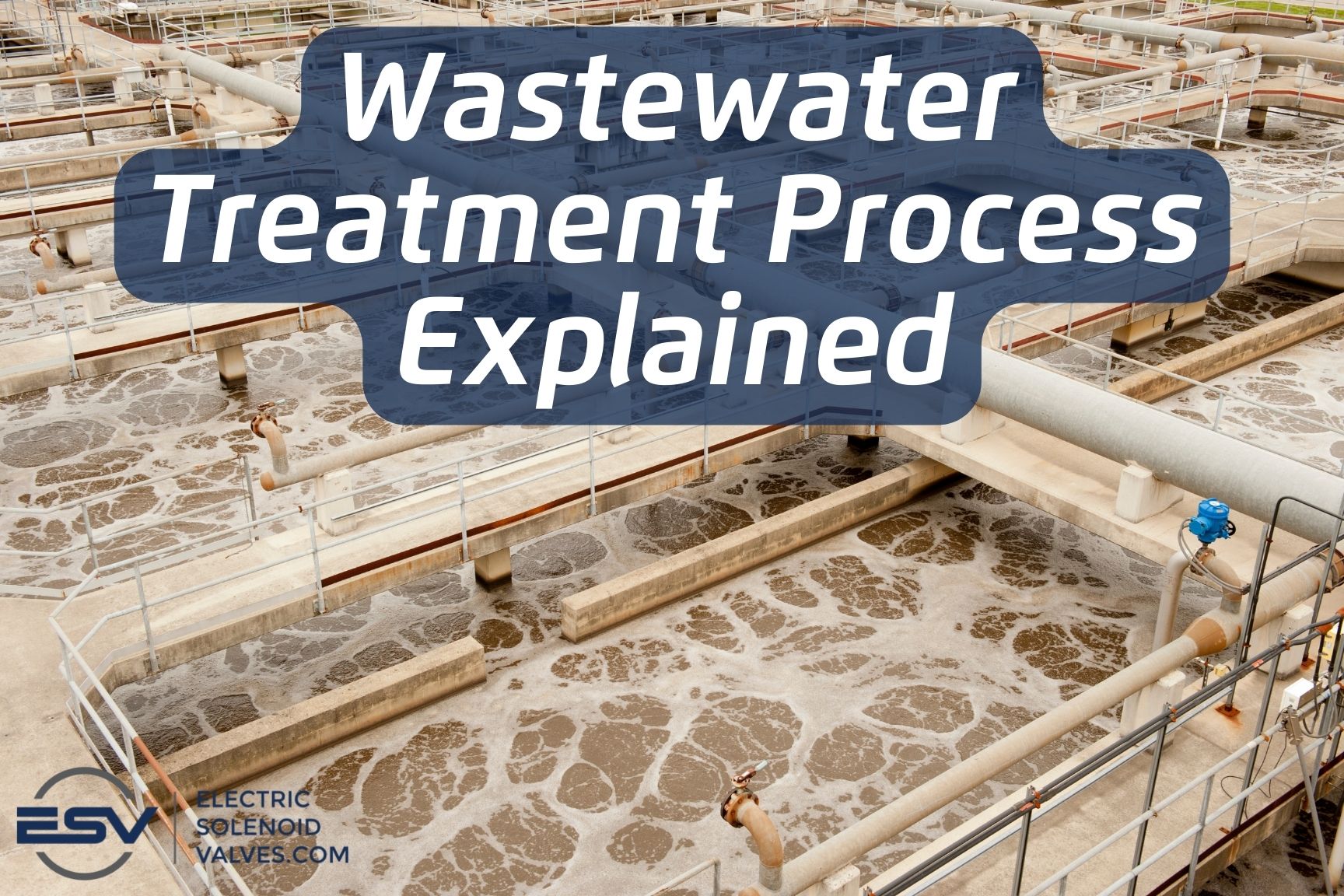Secret Obstacles in Urban Waste Water Treatment Techniques
Secret Obstacles in Urban Waste Water Treatment Techniques
Blog Article
Strategic Approaches to Boost Drainage Therapy Performance and Decrease Environmental Influence
In the realm of waste water treatment, the quest for boosted performance and reduced ecological influence is a continuous difficulty that demands strategic solutions. The integration of advanced treatment innovations, energy-efficient procedures, source recovery methods, enhanced nutrient elimination techniques, and smart monitoring and control systems stands for a multifaceted framework for attending to these pushing worries.
Advanced Therapy Technologies
Cutting-edge membrane filtering systems have actually changed advanced wastewater therapy processes, dramatically boosting the elimination of pollutants. These cutting-edge systems function by requiring water with a semi-permeable membrane layer, effectively separating pollutants from the water stream. The membrane layer's microscopic pores trap pollutants such as germs, infections, and suspended solids, allowing only cleansed water to pass through. This modern technology has shown to be highly effective in getting rid of a vast array of contaminants, including pharmaceuticals, heavy steels, and natural compounds, which are commonly testing to get rid of through traditional therapy methods.
Furthermore, membrane layer purification systems supply many benefits over conventional therapy approaches. They need less area, produce higher-quality effluent, and are much more resistant to variations in influent water high quality. Additionally, these systems are very functional and can be conveniently incorporated right into existing therapy plants or used as standalone units for decentralized applications. As the need for clean water proceeds to rise, the fostering of advanced membrane layer filtering technologies is necessary to make sure effective and sustainable wastewater treatment techniques.
Energy-Efficient Procedures
The integration of energy-efficient processes in wastewater therapy systems is vital for maximizing resource application and decreasing functional expenses. One essential method to enhancing energy effectiveness in wastewater therapy is the usage of innovative oygenation systems, such as great bubble diffusers or surface aerators, which can boost oxygen transfer performance and decrease power usage.
In addition, optimizing procedure control and automation through making use of sophisticated sensors and monitoring systems can boost general energy efficiency by readjusting operations in real-time based on actual demand and conditions. Applying energy audits and on a regular basis keeping track of energy performance signs are vital techniques to determine locations for enhancement and track energy-saving efforts effectively. In general, the fostering of energy-efficient processes in wastewater therapy not just profits the atmosphere but also adds to long-lasting expense savings and functional sustainability.
Source Healing Strategies
With a concentrate on enhancing resource usage and sustainability in wastewater treatment systems, the implementation of resource recovery approaches arises as a crucial facet in improving operational performance. Source recovery approaches in wastewater therapy entail the identification and extraction of important sources from the waste stream, therefore turning what was as soon as taken into consideration waste right into a useful possession. By executing resource recuperation methods such as nutrient elimination and healing, energy generation from natural matter, and the manufacturing of recyclable water, wastewater therapy plants can lessen ecological impact while taking full advantage of efficiency.

Boosted Nutrient Elimination Techniques
Executing advanced nutrient elimination strategies is crucial for enhancing the performance of wastewater treatment systems. Enhanced nutrient removal plays an important role in minimizing the ecological impact of cured effluent discharged into water bodies. Among the essential methods utilized for improved nutrient removal is the procedure of biological nutrient removal (BNR), which involves the elimination of nitrogen and phosphorus via organic processes. This can be achieved via using specialized bacteria that can transform nitrogen compounds into inert nitrogen gas through denitrification, and accumulate phosphorus within their cells via a process called improved biological phosphorus removal (EBPR)

In enhancement to BNR, progressed therapy approaches such as membrane bioreactors (MBRs) and created marshes can likewise be employed address to enhance nutrient elimination effectiveness. By integrating these advanced nutrient elimination techniques right into wastewater therapy systems, districts and markets can efficiently decrease nutrient contamination and safeguard the atmosphere.
Smart Monitoring and Control Equipment
Utilizing cutting-edge modern technology, the combination of wise tracking and control systems changes the operational effectiveness of wastewater treatment centers. These systems integrate advanced sensing units and information analytics to continuously monitor key parameters such as pH levels, turbidity, dissolved oxygen, and circulation prices in real-time. By accumulating and analyzing this data, drivers can obtain valuable understandings right into the performance of the treatment processes, enabling aggressive modifications to maximize treatment performance.
Smart tracking and control systems additionally sustain remote surveillance capacities, permitting operators to access real-time data and control functions from off-site locations. This remote ease of access boosts functional adaptability and responsiveness, allowing quick interventions in situation of system breakdowns or changes in influent high quality. The anticipating upkeep capabilities of these systems aid prevent tools failings and lessen downtime, eventually improving the general reliability of wastewater treatment procedures.
Final Thought
To conclude, strategic approaches such as advanced treatment technologies, energy-efficient processes, resource healing approaches, enhanced nutrient removal methods, and clever tracking and control systems see this here play a critical function in boosting wastewater therapy performance and decreasing ecological impact. By carrying out these techniques, wastewater treatment plants can enhance their total efficiency, reduce power intake, recover important sources, and guarantee compliance with ecological regulations. These methods are essential for lasting and efficient wastewater management methods.

In final thought, tactical strategies such as advanced treatment technologies, energy-efficient procedures, resource recovery techniques, enhanced nutrient removal methods, and wise surveillance and control systems play a crucial role in improving wastewater treatment performance and reducing environmental influence.
Report this page